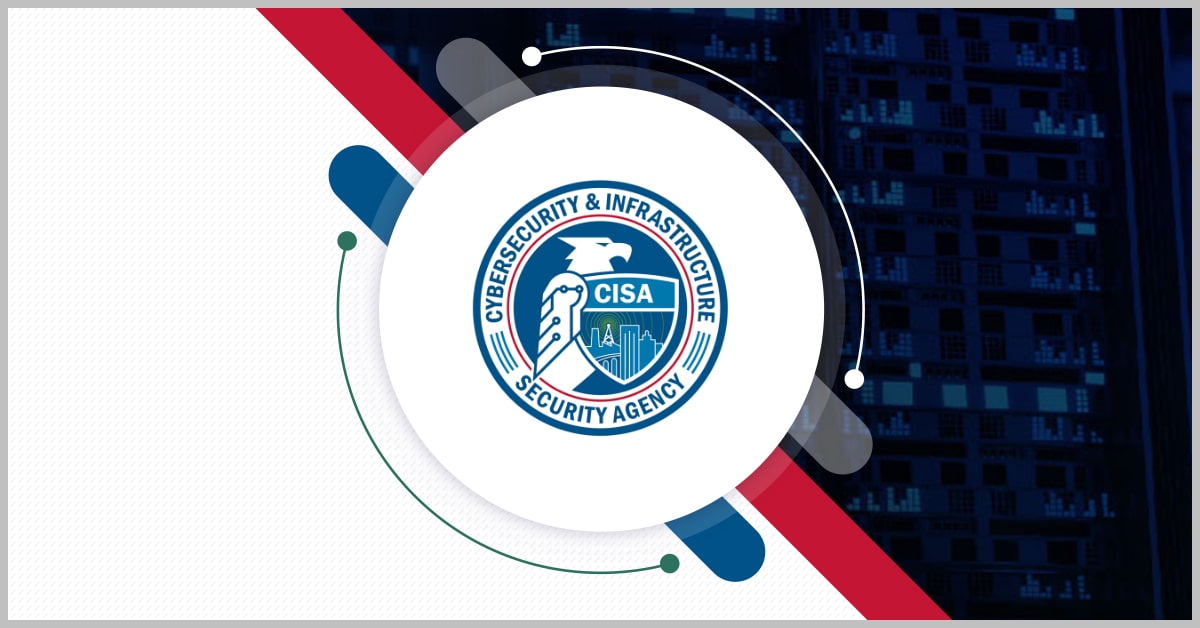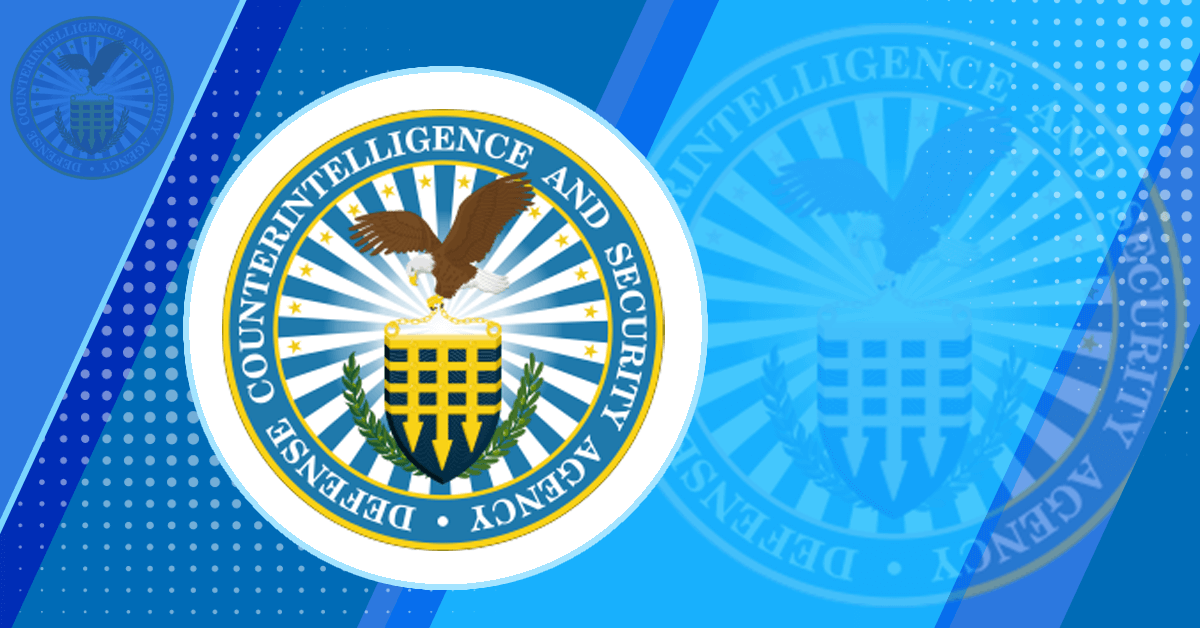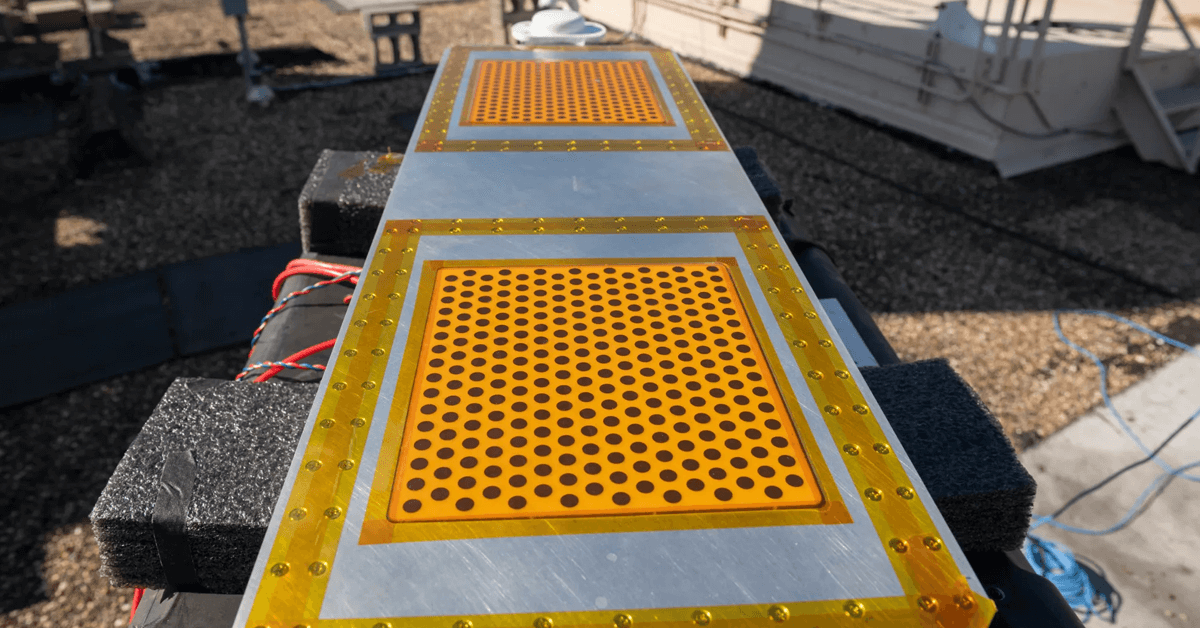The Cybersecurity and Infrastructure Security Agency hosted an exercise that aims to prepare different organizations to secure and protect critical infrastructure systems. At its Control Environment Laboratory Resource, CISA said representatives from the Department of Homeland Security’s Science and Technology Directorate, the Idaho National Laboratory, Louisiana State University and critical infrastructure operators respond to a simulated cyberattack.
Table of Contents
Strengthening Critical Infrastructure Resilience
During the two-day event, attendees had to fend off attacks by a technical team posing as sophisticated adversaries in a live environment with IT and OT traffic. The exercise utilized the CELR chemical processing platform, which is located in Idaho and operated by INL for CISA.
The goal was to detect and respond to kinetic cyberattacks on industrial control system elements such as human-machine interfaces, supervisory control and data acquisition, and programmable logic controllers.
“Collaborating with LSU and industry partners is extremely beneficial in strengthening the nation’s cybersecurity knowledge and ability to respond to threats,” commented Matt Hartman, deputy executive assistant director for cybersecurity at CISA. “This training is another step in our shared vision to expand the opportunity for critical infrastructure entities to strengthen their cybersecurity using CELR.”
What Is CELR?
The laboratory provides a space for government and industry to test technologies and practices related to securing critical infrastructure systems and build new capabilities to defend against emerging threats.
According to Tim Huddleston, cybersecurity program manager for the INL, the CELR offers an immersive environment where partners can experience realistic cyberattacks. He added that the Idaho-based laboratory hosts five ICS testbeds sponsored by CISA.
“We were proud to host industry partners and academia in this exercise, helping them improve their skills in cyber hunting and incident response, which reduces the risk from malicious cyber actors,” Huddleston said.
Learn more about the cyberthreats the nation and international partners face at the Potomac Officers Club’s 2025 Cyber Summit on May 15. Register for the in-person event now!














